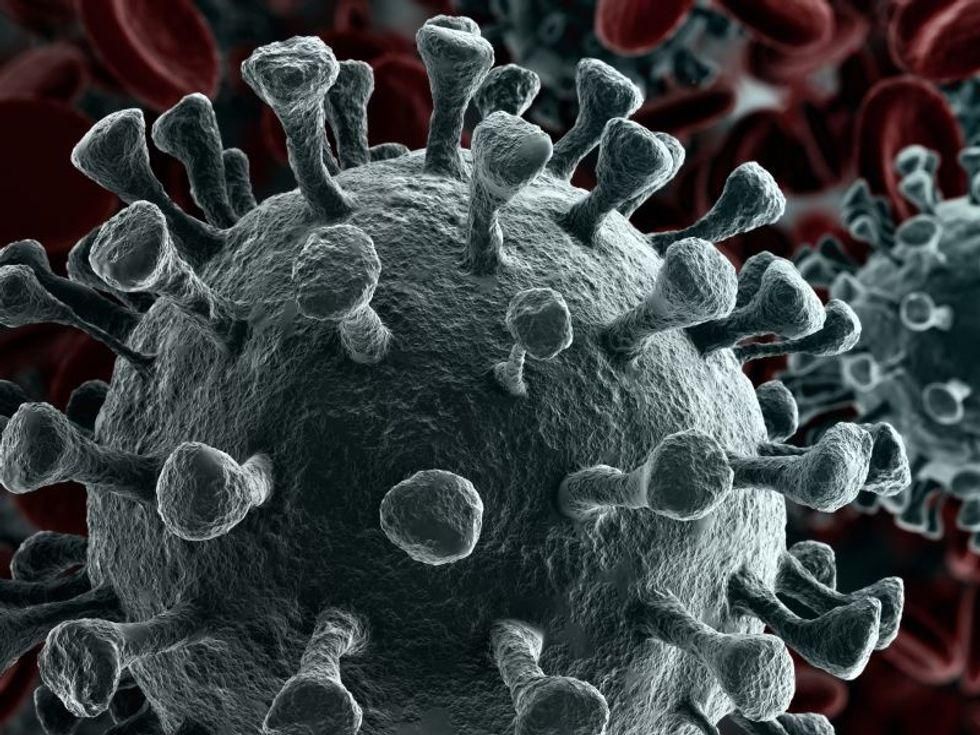THURSDAY, May 20, 2021 (HealthDay News) — A new coronavirus that appears to have jumped from a dog to a child has been discovered from a case three years ago, but it’s unclear what threat it may pose.
This new canine-like coronavirus was found in a child in Malaysia in 2018. If it is confirmed as a human pathogen, it could be the eighth coronavirus known to cause disease in people.
The case suggests that transmission of coronaviruses from animals to humans may more common than once thought, according to authors of the study published May 20 in the journal Clinical Infectious Diseases.
“How common this virus is, and whether it can be transmitted efficiently from dogs to humans or between humans, nobody knows,” said study leader Dr. Gregory Gray, a professor of medicine, global health and environmental health at Duke University in Durham, N.C.
“What’s more important is that these coronaviruses are likely spilling over to humans from animals much more frequently than we know,” Gray added. “We are missing them because most hospital diagnostic tests only pick up known human coronaviruses.”
For the study, researchers developed and deployed a new molecular diagnostic tool to examine 301 archived specimens from pneumonia cases. They found signs of canine coronaviruses in eight people hospitalized with pneumonia in East Malaysia.
A virus grown from one of the specimens was identified as a new canine coronavirus.
“There are probably multiple canine coronaviruses circulating and spilling over into humans that we don’t know about,” Gray said in a university news release.
He noted that many of those spillovers don’t ever leave that first human host.
“But if we really want to mitigate the threat,” Gray added, “we need better surveillance where humans and animals intersect, and among people who are sick enough to get hospitalized for novel viruses.”
Diagnostic tools such as the one developed for this study have the potential to identify other viruses new to humans before they can cause a pandemic, according to Gray.
The tool can detect most viruses from the Coronaviridae family, which includes the SARS-CoV-2 virus that causes COVID-19.
“These pathogens don’t just cause a pandemic overnight,” Gray said. “It takes many years for them to adapt to the human immune system and cause infection, and then to become efficient in human-to-human transmission. We need to look for these pathogens and detect them early.”
More information
The U.S. Centers for Disease Control and Prevention has more about the risk of animals spreading coronavirus to humans.
SOURCE: Duke University, news release, May 20, 2021
Copyright © 2025 HealthDay. All rights reserved.

